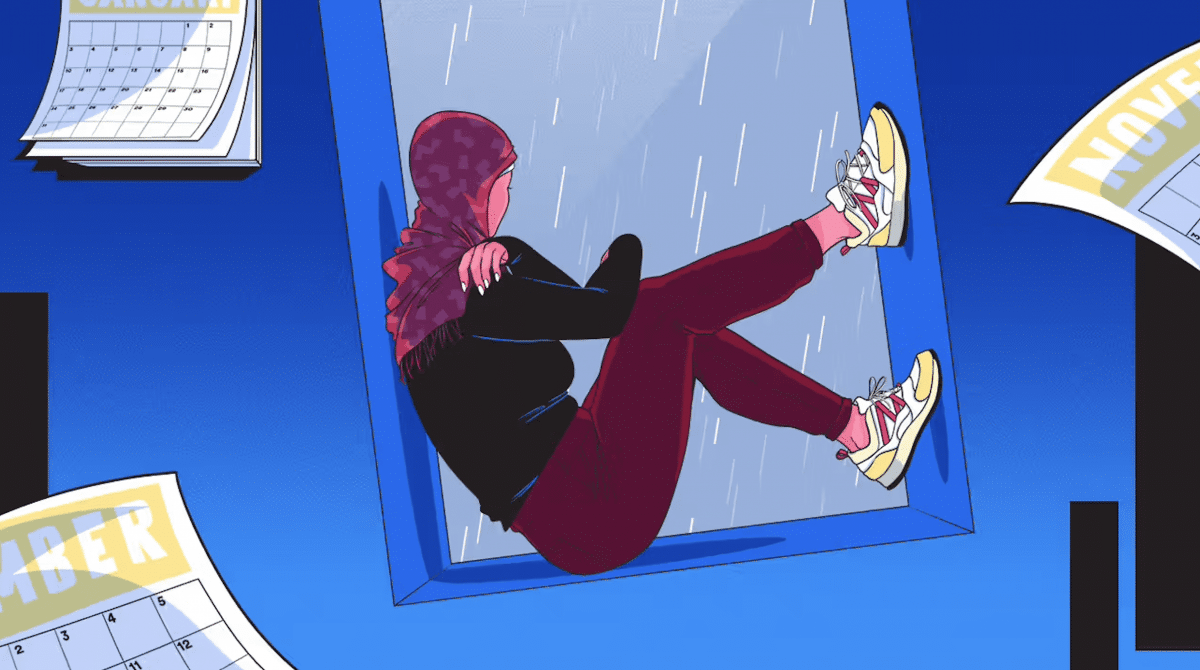As the days grow shorter and colder, many people find themselves struggling with a decline in mood and energy, often attributed to Seasonal Affective Disorder (SAD). However, with the right strategies and proactive measures, it’s possible to combat this seasonal slump and maintain a positive outlook throughout the year. From lifestyle adjustments to incorporating specific activities, here are five must-have tips to effectively prevent Seasonal Affective Disorder and embrace a vibrant, balanced life.
“Five percent of the U.S. adult population suffers from full-blown SAD,” psychiatrist Norman Rosenthal, M.D., shares on the latest episode of the mindbodygreen podcast.
Rosenthal was the first scientist to describe seasonal affective disorder (and develop light therapy as an effective treatment). He declares the key to combating the winter blues is to prepare during autumn.
Embrace Natural Light: Your Mood’s Best Companion
One of the primary triggers for Seasonal Affective Disorder is the reduced exposure to natural light during the winter months. Make a conscious effort to soak up as much sunlight as possible by spending time outdoors, particularly during the sunniest hours of the day. Alternatively, position yourself near windows or invest in light therapy lamps that mimic natural sunlight, effectively regulating your body’s internal clock and boosting your overall mood.
Maintain an Active Lifestyle: Exercise Your Way to Happiness
Regular physical activity has been proven to be a powerful antidote to the winter blues. Engage in exercises that you enjoy, whether it’s brisk walking, yoga, or indoor workouts. Aim for at least 30 minutes of moderate exercise each day to release endorphins and alleviate symptoms of SAD. Incorporating outdoor activities during daylight hours can also amplify the benefits, combining the positive effects of exercise and exposure to natural light.
In Rosenthal’s perspective, it’s not solely the aerobic activity that holds significant value for mental health; the inclusion of resistance training also deserves praise. Referencing a meta-analysis that examined 33 randomized clinical trials comprising 1,877 participants, it was revealed that incorporating resistance training led to a noteworthy decrease in depressive symptoms.
Prioritize a Balanced Diet: Fuel Your Body and Mind
Your dietary choices can significantly impact your mood and energy levels. Opt for a well-balanced diet rich in fruits, vegetables, whole grains, and lean proteins. Incorporate foods high in omega-3 fatty acids, such as fish, flaxseeds, and walnuts, known for their mood-boosting properties. Limit your intake of refined sugars and processed foods, as they can contribute to mood fluctuations and energy crashes. Stay hydrated by consuming an adequate amount of water throughout the day to support overall bodily functions and mental clarity.
Foster Social Connections: Cultivate Support and Joy
Combat the sense of isolation that often accompanies Seasonal Affective Disorder by nurturing your social connections. Make time for regular interactions with friends, family, and community members. Plan social activities, virtual gatherings, or group outings that promote a sense of belonging and shared experiences. Surrounding yourself with positive, supportive individuals can provide emotional reinforcement and reduce the impact of seasonal mood changes.
Practice Stress Management Techniques: Relaxation as a Shield
Stress can exacerbate symptoms of Seasonal Affective Disorder, amplifying feelings of fatigue and despondency. Incorporate stress-reducing practices such as meditation, deep breathing exercises, or mindfulness techniques into your daily routine. Engage in activities that promote relaxation and self-care, such as taking warm baths, practicing aromatherapy, or indulging in hobbies that bring you joy. Prioritize adequate sleep to ensure your body’s natural rejuvenation and optimize your mental resilience.
Consider Using CBD: Harness the Power of Natural Remedies
An emerging trend in the management of Seasonal Affective Disorder involves considering the potential benefits of CBD (cannabidiol). With its reputed ability to alleviate anxiety, promote relaxation, and improve mood, CBD has garnered attention as a promising natural remedy for individuals struggling with SAD. However, it’s crucial to consult a healthcare professional before incorporating CBD into your wellness routine, ensuring its compatibility with your individual health needs and existing treatments. Approach CBD usage cautiously and explore reputable, high-quality products from trusted sources to maximize its potential benefits as a complementary strategy in combating seasonal mood fluctuations.
By integrating these five essential tips into your lifestyle, you can proactively prevent the onset of Seasonal Affective Disorder and maintain a sense of well-being and vitality throughout the year. Remember that small, consistent adjustments to your daily habits can yield significant improvements in your overall mood and mental health. Embrace the power of natural light, physical activity, wholesome nutrition, social connections, and stress management to safeguard your emotional wellness and thrive despite the challenges of seasonal changes.









